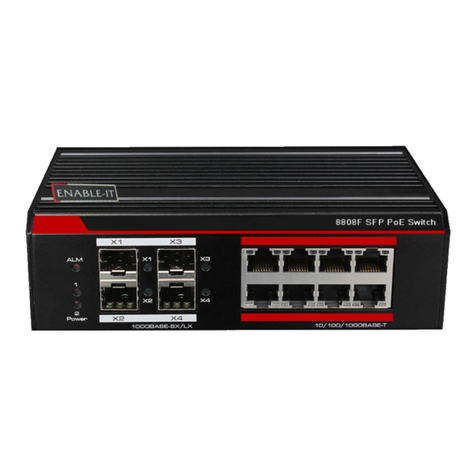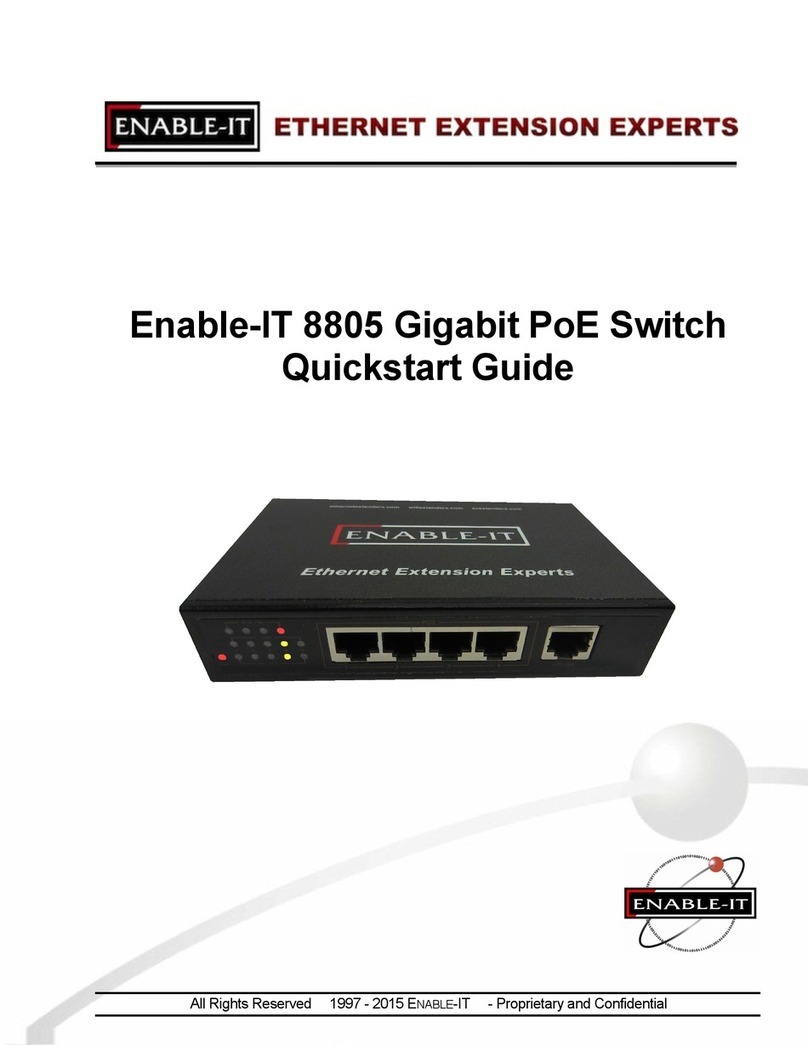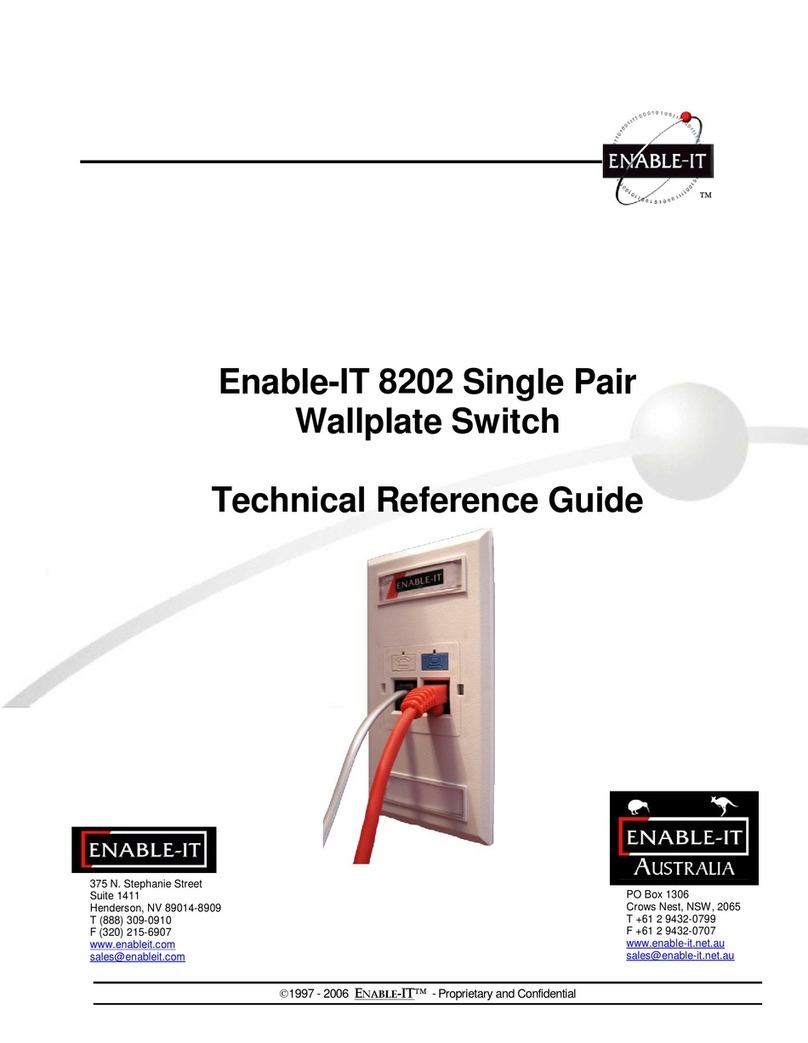3.2.5.4 Interface.............................................................................................................................................................. 52
3.2.6 DHCP Relay & Opt.82........................................................................................................................... 53
3.2.6.1 DHCP Option 82................................................................................................................................................54
3.2.6.2 DHCP Relay....................................................................................................................................................... 54
3.2.6.3 DHCP Option 82 Router Port.......................................................................................................................... 54
3.2.6.4 DHCP Opt. 82 Port Table................................................................................................................................ 55
3.3 ACL...................................................................................................................................................................56
3.3.1 IPv4...........................................................................................................................................................57
3.3.2 Non-IPv4.................................................................................................................................................. 58
3.3.3 Binding..................................................................................................................................................... 58
3.4 SECURITY.......................................................................................................................................................... 60
3.4.1 Security Manager................................................................................................................................... 60
3.4.2 MAC Limit................................................................................................................................................ 61
3.4.3 802.1x Configuration..............................................................................................................................62
3.5 QOS.................................................................................................................................................................. 65
3.5.1 QoS Configuration..................................................................................................................................65
3.5.2 ToS/DSCP............................................................................................................................................... 67
3.6 MONITORING..................................................................................................................................................... 68
3.6.1 Port Status...............................................................................................................................................68
3.6.2 Port Statistics.......................................................................................................................................... 69
3.7 VDSL................................................................................................................................................................ 70
3.7.1 Configuration...........................................................................................................................................70
3.7.2 Profile Table............................................................................................................................................ 72
3.8 RESET SYSTEM.................................................................................................................................................73
3.9 REBOOT.............................................................................................................................................................73
CHAPTER 4 CONFIGURATION VIA CONSOLE................................................................................................ 74
4.1 LOGIN INTO THE CONSOLE...............................................................................................................................75
4.2 GENERAL INFORMATION OF COMMANDS.........................................................................................................76
4.3 CONFIGURATION............................................................................................................................................... 77
4.4 COMMAND DESCRIPTIONS................................................................................................................................79
4.4.1 System Commands................................................................................................................................79
4.4.2 Switch Static Configuration...................................................................................................................79
4.4.3 Trunk Commands...................................................................................................................................82
4.4.4 LACP Commands...................................................................................................................................83
4.4.5 VLAN Mode & Commands....................................................................................................................84
4.4.6 GVRP Commands..................................................................................................................................86
4.4.7 QinQ Commands....................................................................................................................................88
4.4.8 Misc Configuration................................................................................................................................. 89
4.4.9 Administration......................................................................................................................................... 90






























